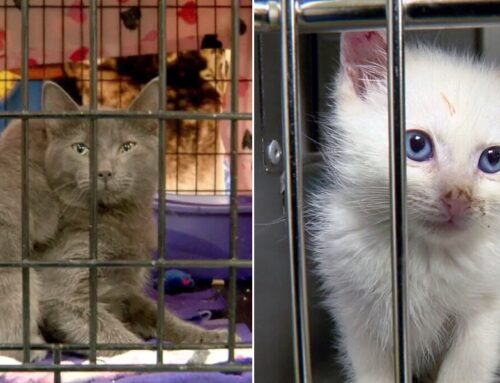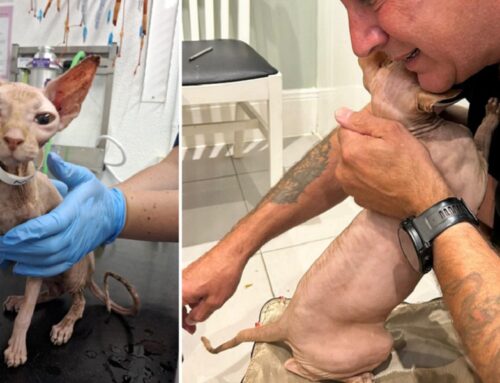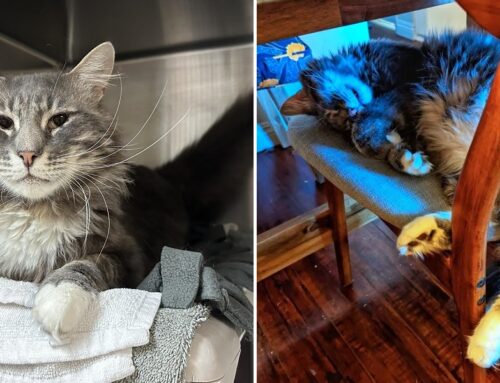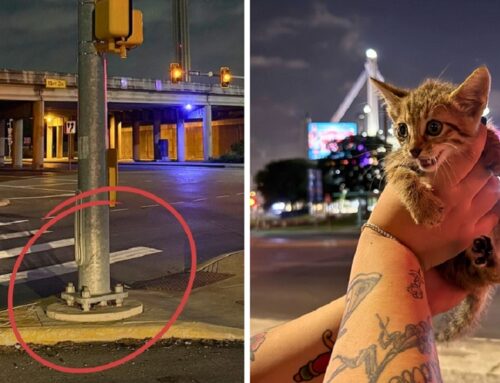Cats and ‘furensic’ evidence: They leave it behind at the scene of crimes and, well, everywhere they go.
If you are owned by a cat, cat fur comes with the territory. There’s no way around it. Even so-called hairless cats have peach fuzz. But, as it turns out, that cat fur may have an unexpected benefit –solving crime through forensic evidence. A cat could help solve the case if you are the victim of a crime. Likewise, if you commit a crime, your pet or even one you just walk by idly could help expose your misdeeds.
The presence of cats and other pets could inadvertently reveal perpetrators, accomplices, witnesses and victims. In this way, any cat may join McGruff the Crime Dog to “take a bite out of crime.”
Everywhere a cat goes, they leave behind hair that sticks to people’s clothes, skin, and everything else. Although it’s often seen as an annoyance, these hairs are little tagging devices for the specific cat and human DNA too. So-called “touch DNA” people leave behind can easily transfer to a cat and be linked to a person in many cases.
Even if you don’t touch a cat in the home, their habit of rubbing against objects means your DNA could end up on their fur and be found at a crime scene. Their constant habit of grooming with saliva, which also causes allergies for some, also makes cats a source of potential furensic evidence.
Furensic Evidence Exposes Owner’s Homicide
The first time furensic evidence from a cat helped solve a criminal trial in the UK was in 2013. It was the gruesome murder of a man named David Guy. The convicted murderer, David Hilder, was Guy’s neighbor who lived with a cat named Tinker. A few of the cat’s hairs were found on a curtain wrapped around the victim, whose dismembered body was discovered on a beach. That clingy cat hair helped bring justice for Guy.
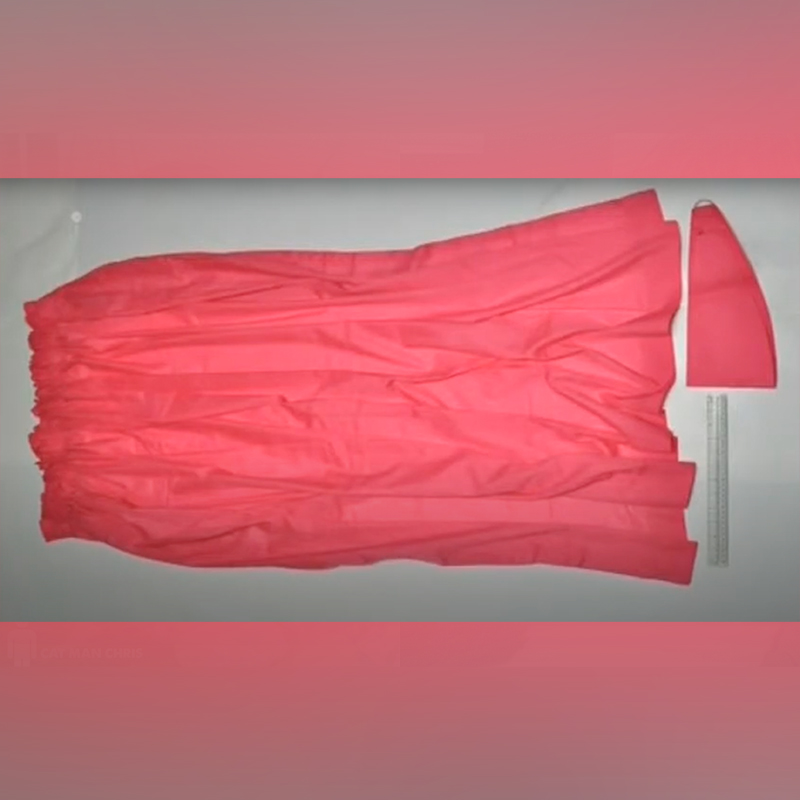
Screenshot of the forensic evidence, a curtain with cat hairs attached to it via YouTube
10 Million Cats Tagging Everything Around Them
After Tinker’s hairs were sent to California for testing, the mitochondrial DNA was a match for Tinker. Then, the Hampshire Constabulary proved that Tinker’s genetic signature was uncommon by creating a UK cat database. A Ph.D. student Barbara Ottolini analyzed samples provided by vets across the country.
“This could be a real boon for forensic science, as the 10 million cats in the UK are unwittingly tagging the clothes and furnishings in more than a quarter of households,” said Jon Wetton, the UK geneticist who led the cat DNA project.
While mitochondrial DNA from cat fur can be useful, more desirable nuclear DNA is sometimes present in the hair’s root. Skin cells can sometimes stick due to static electricity and natural oils on the fur.
Studies in Australia found human DNA present in 80 percent of samples taken from 20 pet cats living in 15 households. The cats’ fur was swabbed and tested. While most of the human DNA came from people in the house, six of the cats carried DNA from unknown people only. A so-called hairless sphynx was one of the cats that carried a mystery person’s DNA. How the DNA got there was unknown, requiring more research.
Following the study, there was some concern that cats could accidentally tamper with a crime scene by introducing foreign DNA.
Video about Tinker by the University of Leicester News Centre:
Snowball the Cat Helps Solve Woman’s Murder
Previously, a cat named Snowball unwittingly helped solve the murder of a mother of five, Shirley Duguay, from Prince Edward Island. Her estranged common-law husband, Douglas Beamish of Canada, discarded a jacket covered in blood in the woods. Inside the pockets, investigators discovered 20 hairs from Snowball, who belonged to the Beamish family. One hair had a root containing nuclear DNA, purrfect furensic evidence.
The later convicted murderer had stopped to pet the cat before the crime. Then, the first-of-its-kind furensic evidence led to an 18-year prison sentence for Beamish. Not to mention, justice for the mom’s family.

Snowball and the jacket used in evidence to solve the crime. Screenshot via YouTube
A Snowball’s Chance of Getting Away with Murder
On a different note, Canadian officers had a tough time chasing Snowball, who was uncooperative (see video below starting at 13:15). But don’t worry; Snowball was not harmed after taking a ride in a police car to a veterinarian for a harmless blood sample. Comparing the sample to 20 cats from Prince Edward Island showed that only Snowball’s DNA matched the jacket precisely. It was a 1 in 70,000,000 chance it could have come from another cat.
Thanks in part to the case, an extensive DNA database created by international scientists ensured cat fur could be used more frequently and accurately as evidence. Veterinarians routinely collect samples of blood, cheek swabs, and tissue during spay and neuter procedures. So the database can easily grow, leading to the potential for furensic evidence to solve ever more crimes.
The Snowball case snowballed worldwide, leading to the hair, blood, and urine from dogs and cats used to help solve crimes in the UK, the US, and Canada. So, anywhere a pet goes, they could help solve a crime without lifting a paw.
“One in three criminals have cats and maybe one in four have a dog,” says Stephen O’Brien, a geneticist from the National Cancer Institute.
Below, a fascinating video about the “Purr-fect Match” Duguay case by FilmRise True Crime:
Featured image via Pixabay mixed with image via Pixabay




